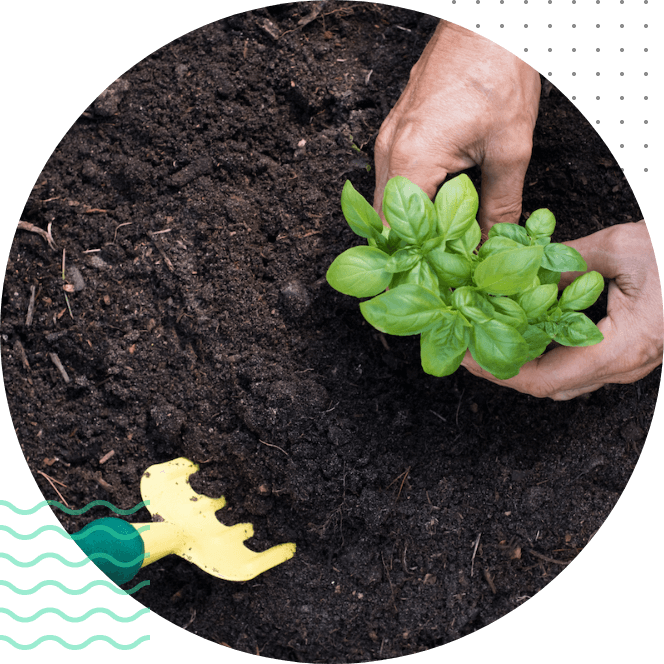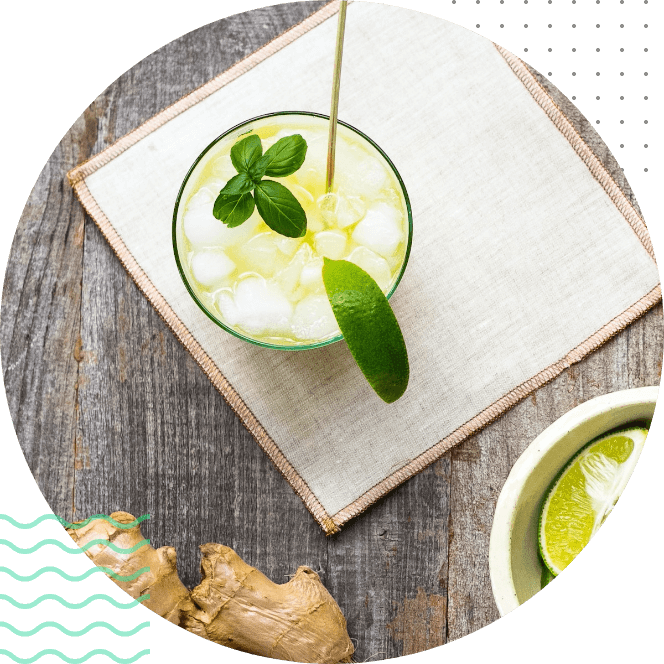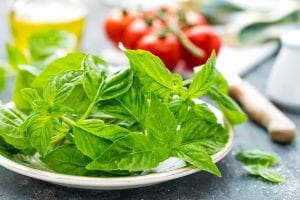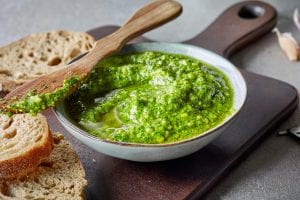Thai Basil - The Natural Vitamin Powerhouse

What’s Thai Basil?
Scientifically named as Ocimum basilicum var. thyrsiflora, Thai basil belongs to the mint family. This is where it gets its sweet taste and pleasant aroma from. It’s extensively used in cuisines of several countries like Cambodia, Vietnam, Laos etc. Sometimes called as ‘Sweet Thai’, it’s got an aroma that’s very similar to the sweet basil. However, it tastes very distinct and has a sweetness more like licorice. clove or anise.
It flourishes in well-drained soils and requires lot of sun; Hawaii offers a perfect mix of these conditions. The perennial plant grows about 12-18 inches tall, while the leaves are 1-2 inches in length. A Hawaii basil farm with green leaves and purple stems and flowers is a beautiful sight for tourists.
Plant it in Your Kitchen Garden
Although you can get fresh Hawaii Thai basil from the market, you may opt to plant it in your kitchen garden too. This can be done by getting saplings from a nursery or by sowing seeds. It’s a good idea to contact a basil wholesale supplier to find out the places from where you can get good quality seeds.
Rosemary and Thai basil plants compliment each other very well and hence, you should try to plant them together. They’re delicate plants and must be handled with care. Use seaweed solution, fish emulsion or any other fertilizer rich in nutrients twice or thrice during their growth period. Thai basil requires direct sunlight for a minimum six hours a day and balanced watering is very important. Pour water at the root on a weekly basis as excess of water causes leaves to turn yellow before dropping off, while its deficiency adversely affects the buds and flowers.


How to Harvest?
Being a highly delicate plant, Thai basil needs to be harvested very gently, as any mishandling can damage the leaves. Morning is the best time to harvest Thai basil, as essential oils density and its take are maximum during early hours. Water them before harvesting, as it enhanced basil’s flavor.
You must only pluck the top leaves from a group, else the stem will start rotting. If you’ve plucked an entire group of leaves or the bottom leaves from a group, cut away the stem down to the next group to prevent the whole plant from dying. The flowers and buds take away lot of the plant’s nutrients; so, if you’ve not planted Thai basil for aesthetics, you must keep pruning away the flowers. Lastly, harvest the Thai basil up to around 6 inches.
Uses of Thai Basil
Thai basil is used in several dishes; although it enhances the taste of almost anything, it’s extensively used in pork, chicken and beef. it makes a refreshing tea and gives a unique minty and sweetish flavor to pho. you can infuse it in oils or vinegar before using for garnishing.
the Italian pesto made with Thai basil, rice vinegar, peanuts, sesame oil and fish sauce is a favorite all over the world; it can be refrigerated and used for over a week. just like the Hawaii sweet basil, the Thai basil is best used fresh, but its minty aroma and flavor can be preserved to a large extent for almost two months by freezing the mashed or chopped up leaves.
it also finds use in aromatherapy, simply crush some leaves and inhale the aroma. bruising the leaves and running the pulp on the forehead and below the eyes greatly reduces the tension.





